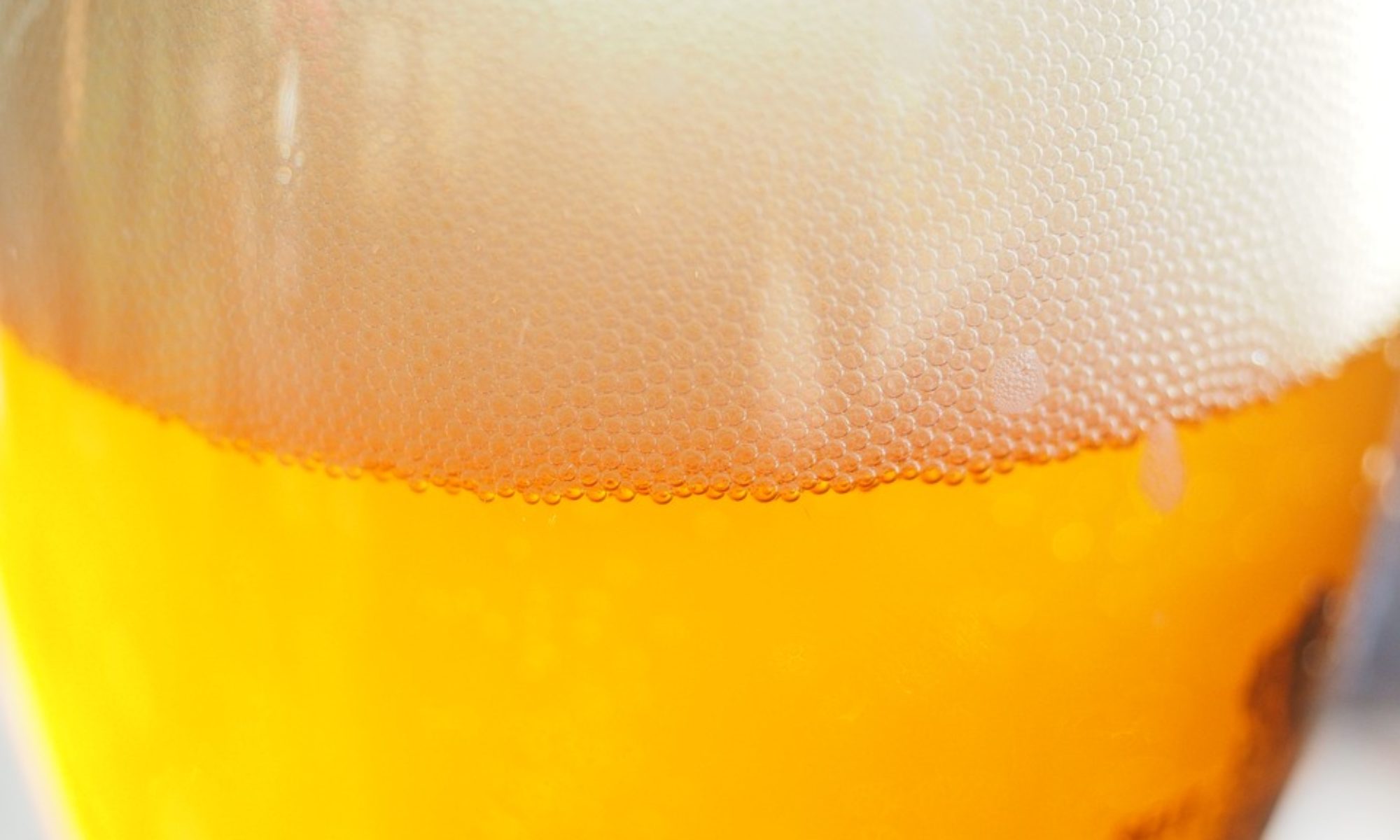People are generally amazed when we start quantifying CO2 production from homebrew. VERY roughly speaking, a batch of beer can produce 24 times its own volume in CO2! How much it produces is a factor of how much sugar is present, and how highly attenuated the wort becomes. Here’s a chart showing the relationship:

The chart is from the “Life, Fermented” website, and Dennis the author graciously allowed me to use it here. He wrote a great article that describes this process and the math behind it. You can view it on the author’s website here.
At the end of the day however, there is math and science behind the following statement: “You can calculate your fermenting wort’s specific gravity by tracking the CO2 produced.” This statement is going to cause a lot of arguments, which is one of the reasons I love being able to turn off comments. 🙂
If you know your SG going into the fermenter, and you know how much CO2 was produced, the math is right there. We all learned in school that matter is not created or destroyed, it is transformed. The folks at Plaato realized this. They didn’t invent the means to calculate SG by this method, what they did exceptionally well was to make sure they could accurately measure the CO2 being otherwise lost.
So, to make this work you need to figure out how to measure the CO2. There’s really only a couple ways to do it:
- By Volume
- By Weight
I love science, it’s so … sciency! There are rules and until someone figures out how to change the laws of physics, we can count on them. A given volume of a given substance has a given mass. Therefore, weight and volume are inextricably intertwined and we can do the math and go back and forth between them if we know what the substance is.
If you followed the information in the chart above we can see we talk about pounds of CO2. Five gallons of beer weighs in at about 42 pounds and a 1.060 SG unfermented wort attenuated to 85% will produce ~2.25 pounds of CO2. That means we drop about 5% of the weight of the wort during fermentation. This difference is easily measured so you might (correctly) be thinking that you could also track SG by weight.
I started writing this because some individuals gave me some grief about this project. Summing it up (and I get to do that because I am writing it) their arguments were:
- Why do I care how much my homebrew bubbled?
- Homebrewers have troubles sealing and no bubbles mean nothing
- Gravity cannot be determined by fermentation rate
- You can’t rely on bubbles as an accurate indication of fermentation activity
So, since I get to make the rules here, I distill this down to two items:
- You can’t count on the bubbles
- The bubbles don’t mean anything
Also since I make my own rules, I get to answer these any way I see fit.
You Can’t Count (on) Them
Folks who have spent any time on homebrew forums, and my own such days date back to Compuserve in the early 90’s (yes, before we were all on the Internet), will have tried to talk a new homebrewer off the ledge. “It’s not bubbling!” Yes, we know.
Since there is absolutely no way for us to ferment our brews using yeast without producing CO2 (science and all that) there simply HAS to be CO2. There’s no way that can’t be true. So the experienced people know that either the yeast is still in its lag phase, the CO2 is leaking somewhere else, or a horrible thing has happened and the yeast is dead. Lag happens, leaks happen, rarely does a batch go completely bad and never start fermenting. Therefore, the best answer is to tell the budding homebrewer not to worry and downplay the importance of CO2.
“But Lee, you said that CO2 is important and can be counted on!”
Correct. I suggest that maybe what we who try to help homebrewers fail to do is follow up on that advice. We need to make sure the new brewer can begin to count on those bubbles. If CO2 can leak out, nasties can get in. So, if you are a homebrewer who gets no bubbles and have been told: “don’t worry!”, maybe I’m suggesting that this is not a path which will lead to blue ribbons.
So, make sure those fermenters are sealed. You can use what’s sold as “keg lube” on the parts if you need it – although I believe if you are careful you will not. If you have problems, hit me up on Homebrew Talk and we can chat about it.
They Don’t Mean a Thing
I really hope after the beginning of this article that I don’t need to address this further. They do mean something, they have to. While Brew Bubbles does not extend to trying to calculate gravity changes from fermentation rate, the information is there if you can collect it reliably.
This project is intended to serve as both an interesting source of information which may otherwise be lost, and an introduction to the home brewer into the world of electronic DIY. There are a lot of projects out there that may seem that much more approachable after building this simple project.
Last Word
If you think you’d like to collaborate and create an airlock setup that will help get this software/controller combo to a place where it can reliably track CO2 volume, please reach out to me. There are no patents preventing such work, I’m just not the right guy to figure out that part of it.
